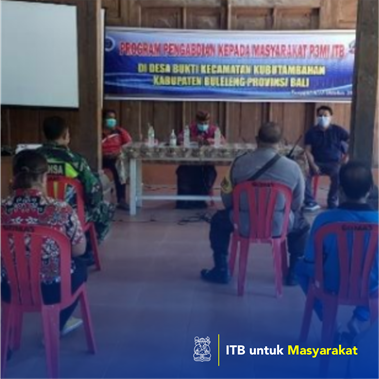

Ketut Wikantika
Several countries have tried to intensify their use of cultivated lands. This strategy provides a promising means of improving global crop production without the need to increase the amount of agricultural land. However, to ensure sustainability, food security must consider the tradeoff between food production, water demand, and emissions. High cropping-intensity agriculture incurs high risks due to the adverse effects of increase water demand and greenhouse gas (GHG) emissions. When evaluating the progress toward achieving sustainable development goals (SDGs) it is essential to develop sustainable and accurate data metrics such as the long-term global cropping intensity and a crop calendar. A crop calendar is defined as the times at which farmers are sowing and harvesting crops, and cropping intensity refers to the number of cropping cycles per year. These two important parameters allow researchers to consider not only the volume of food production, water demand and emissions, but also the time required to accommodate dramatic changes in production demand. This information has potential applications for policy makers tasked with monitoring and implementing intervention. Several previous studies have applied those crop activity parameters to fight hunger, water crisis, and climate change. Ray et al. has applied the parameters in estimating and projecting future yield. Doll and Siebert and Wada et al. used cropping intensity and calendar to calculate global crop water requirement in pixel.
Penerapa Karya Seni/Desain/Arsitektur/Perencanaan Wilayah, Penerapan Karya Tulis
Sustainable crop production refers to agricultural production in such a way that does not impose any harm to environment, biodiversity, and quality of agricultural crops. According to a report published by the United Nation Department of Economic and Social Affairs (UN DESA), the global population will reach 8.5 billion in 2030. Consequently, studies have estimated the need to increase food production by 60% using 1.2 million km2 of converted land. A common solution to increasing food-crop production involves expanding the cropland area. However, current cropland areas are shrinking owing to urbanization, industrialization, and prevailing drought crises. Therefore, several countries have tried to intensify their use of cultivated lands.